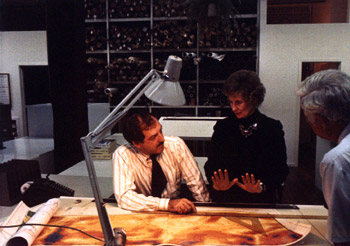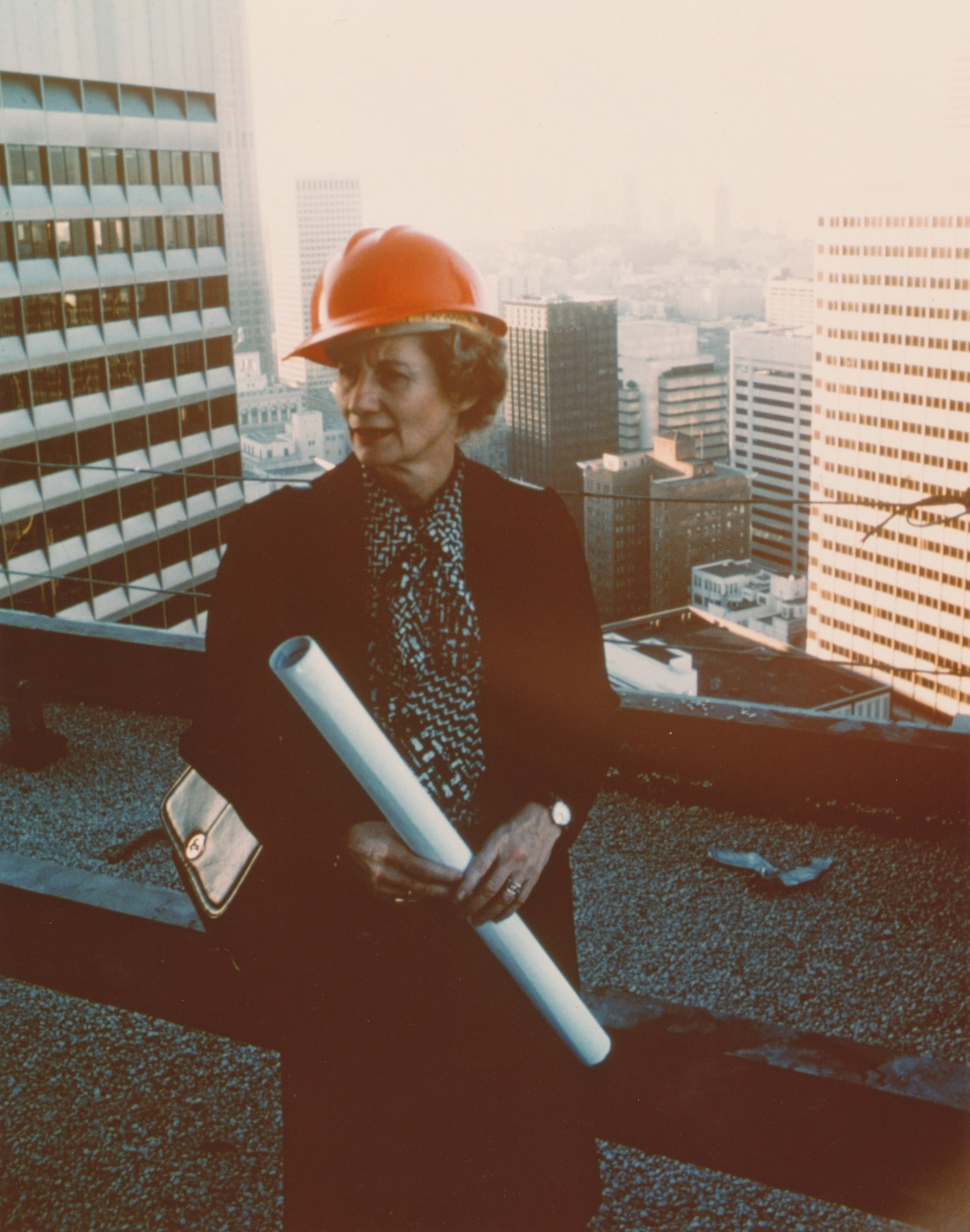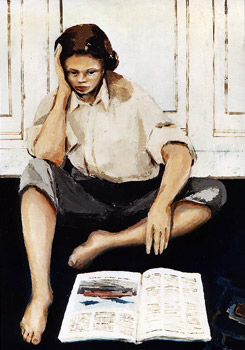The importance of history

The award-winning Willis is known for developing new technologies in architecture, urban planning and public policy, and for advocating on behalf of women architects. Yet her path did not go through formal architectural studies – she studied art and design with Charlot and another UH art professor, Gustav Ecke, curator of Asian art at the Honolulu Museum of Art, then known as Honolulu Academy of Arts.
“The school’s architecture department didn’t exist then,” she recalls. “I owe my architectural education solely to the art department. The singular experience and inspiration of my two teachers provided me with the lifelong knowledge upon which I built my career in architecture and design.”
A life of risk-taking
“My career has been defined by taking risks, such as accepting commissions for which there were no precedents,” says Willis. “I’ve adopted practices that didn’t become mainstream for decades."
Among her innovative projects are the Union Street Stores in San Francisco, which pioneered urban revitalization by adapting and reusing historic structures, and the San Francisco Ballet Building, the nation’s first ballet building, which serves as an enduring prototype around the world.

Organic connections
Willis arrived as a college junior in Mānoa as a self-taught watercolorist from San Francisco with an interest in Chinese art. Her earlier studies had been in aeronautical engineering at Oregon State University, where she took advantage of her World War II flying experience. She had left college to figure out her real career interest: art.
Studies under Charlot and Ecke led to early commissions for art in Waikīkī hotels, a distinguished architectural career and even filmmaking. In recent years, Willis has led the cause for acknowledging women’s contributions to architecture. She spent the last year showing Unknown New York, a documentary film Willis directed, revealing the hundreds of skyscrapers, bridges, gardens, and houses designed and built by women in New York City. The Beverly Willis Architecture Foundation, in addition to calling attention to these contributions, embraces issues specific to women working in the building industry, including a call for all professionals in these fields to assert their right to respect, dignity, and employment free from sexual misconduct.
For future artists
“Legacy is about recognizing the past as a path for future generations. My contribution to UH is in honor of my teachers, in recognition of the education UH provided me, and in gratitude for the opportunity to offer a lecture series in 2010 as a guest of the school of architecture.”
More than a bridge to the University’s past and her own career-formative years, her gift is an extension of her role as a model and mentor for future art-lovers, artists, and architects. Some may never know the role Beverly Willis had on their careers and successes, but they will celebrate her career as they appreciate the work of others in the creative space bearing her name.
“I would like to think my designs add an artist’s sensibilities for light, color, and texture to a designer’s understanding of form and proportion, enhancing the experience of space and function to communicate directly to the human senses.”
Beverly A. Willis

Questions? / More Information
If you would like to learn how you can support UH students and programs like this, please contact us at 808 376-7800 or send us a message.


